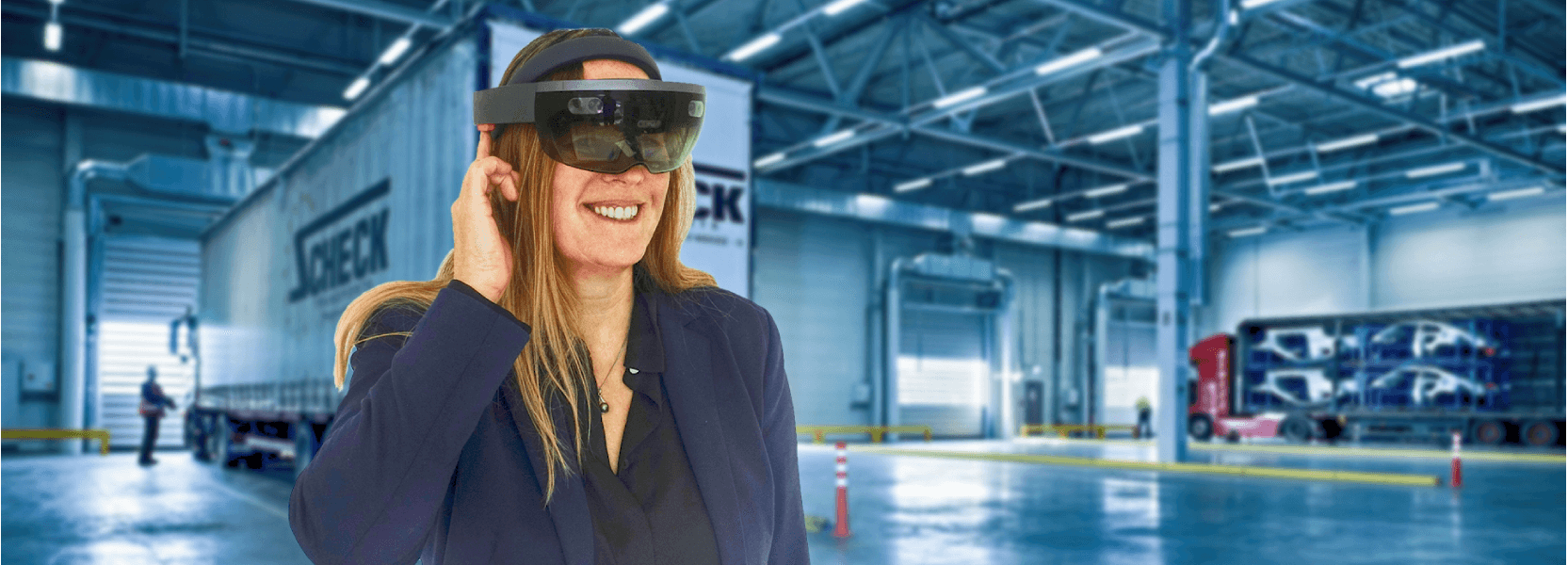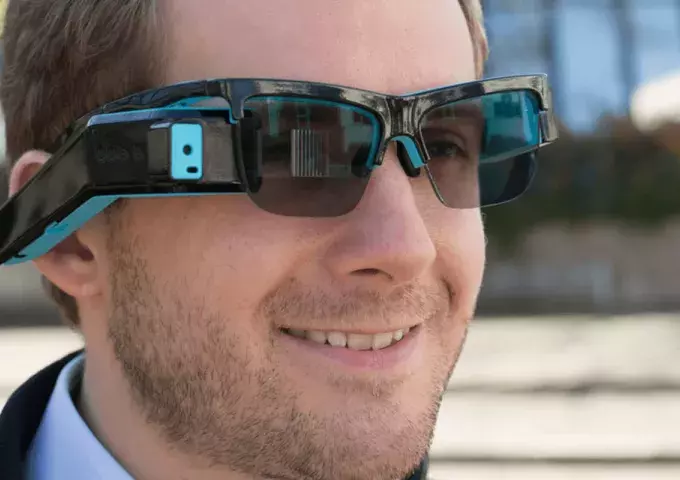
We use this type of hardware to replicate an A.R experience similar to what we offer on smartphones or tablets, exept one big advantage: hands are free.
Augmented reality glasses have come a long way since the appearance of Google Glass 7 years ago, so much so that Microsoft prefers to talk about "mixed reality".
Coupled with sensory sensors, the glasses can be used for physio-respiratory assistance.
Examples
Guided tours, Exhibition tours, Maintenance assistance, Operator assistance, Medical assistance, E-Health...
Plateforms
Android, Windows Holographic
Technologies
Android & Unity 3D
Features
Augmented Reality, Mixed Reality, interactions with a 3D model, medical check-ups
Examples
E-health
Sensory sensors for heart rate and oxygenation rate (bracelets or other sensors) can be connected to the glasses via bluetooth. They thus become real assistants in many sports or medical exercise contexts with possible real-time and remote monitoring by health professionals.
Tourism and Heritage
In tourism, the augmented reality glasses are adapted for guided tours. In addition to providing the same service as a classic audioguide, video content can be launched without interfering with the visit (because the real environment is always visible). Professional glasses such as Hololens allow to be in front of a missing animal or a destroyed monument. It is also possible to interact with 3D models while using your hands.
4.0 Industry
Mixed reality glasses are the most widely used in the industry sector. It is possible to display information by superimposing equipment while maintaining the freedom of movement essential for the fulfilment of tasks.
Trade show
Augmented/mixed reality glasses are ideal for giving the sensation of seeing and handling products or materials. Objects that are very difficult to transport or present in working condition become visible almost as if they were actually there.
Formations & company visits
In training, there are many possibilities. It can be for example an interactive exhibition route where images or objects are embellished with explanations and 3D animations. Simulations are also less disruptive with glasses than VR helmets (the real world is no longer perceptible).
Retail promotion
On the shelves, it is hard for brands to differentiate themselves. Providing augmented/mixed reality glasses (with anti-theft protection) is a very immersive way to present a product and to capture attention.
